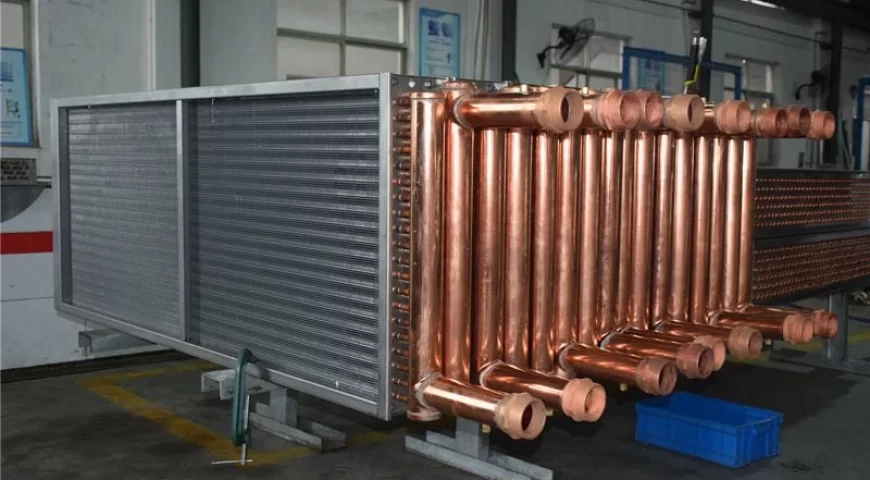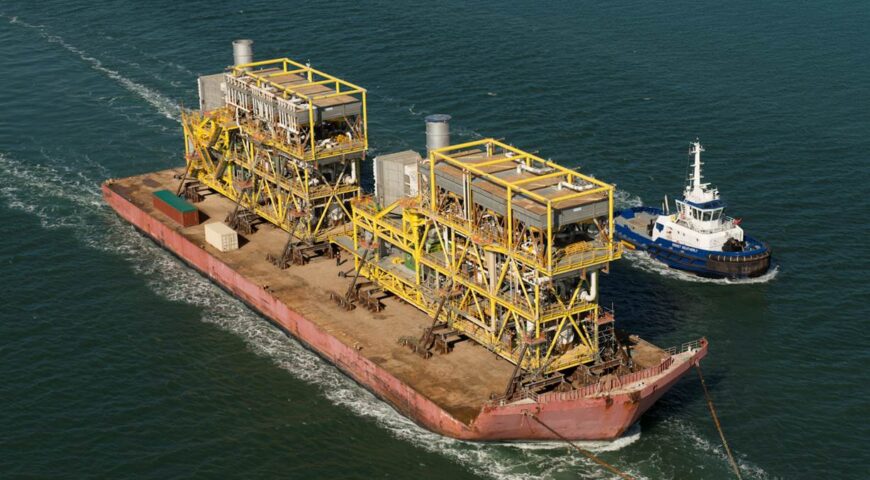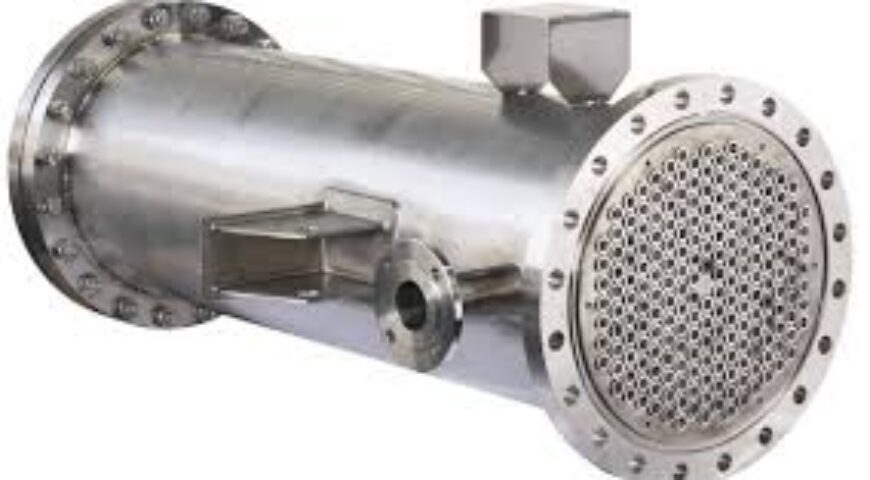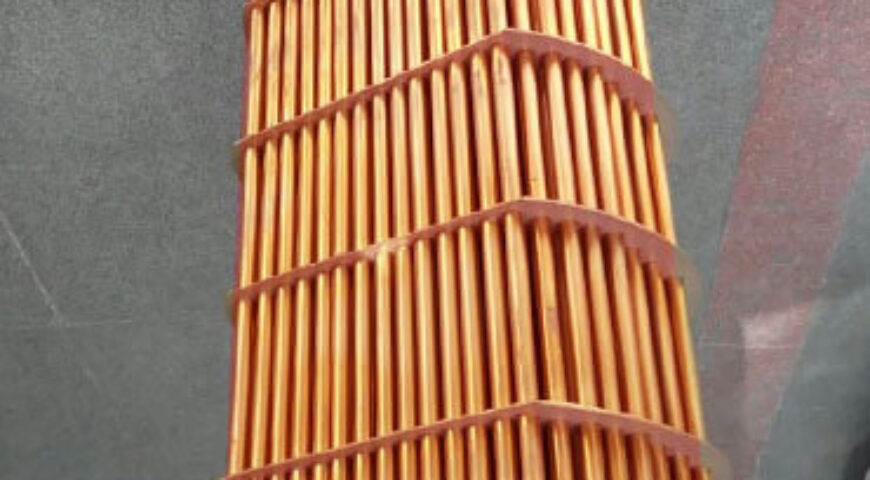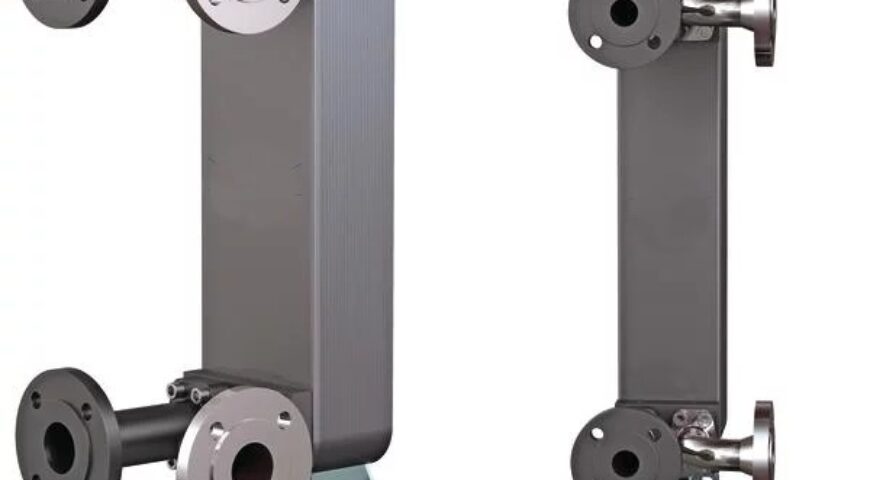Introduction Subsea heat exchanger is a high-performance thermal device installed on the seabed, designed to transfer heat between fluids in offshore oil and gas operations. These exchangers are deployed at great ocean depths—sometimes beyond 3,000 meters—where they function under extreme pressure and temperature conditions. Unlike conventional heat exchangers, which are used in land-based or topside […]
- Home
- About Us
- Heat Exchangers
- Cooling Towers
- Fanless Cooling Tower
- Bottle Shape Cooling Tower
- Square Shape Cooling Towers
- FRP Multi Cell Cooling Towers
- Pultruded FRP Cooling Towers
- Single Crossflow Cooling Towers
- Double Crossflow Cooling Tower
- Dry Cooling Towers
- Wooden Cooling Tower
- Closed Circuit Cooling Tower
- Turbine Cooling Tower
- Forced Draft Cooling Towers
- Closed Circuit Hybrid Cooling Tower
- Contact us
91 6379 00 3383


